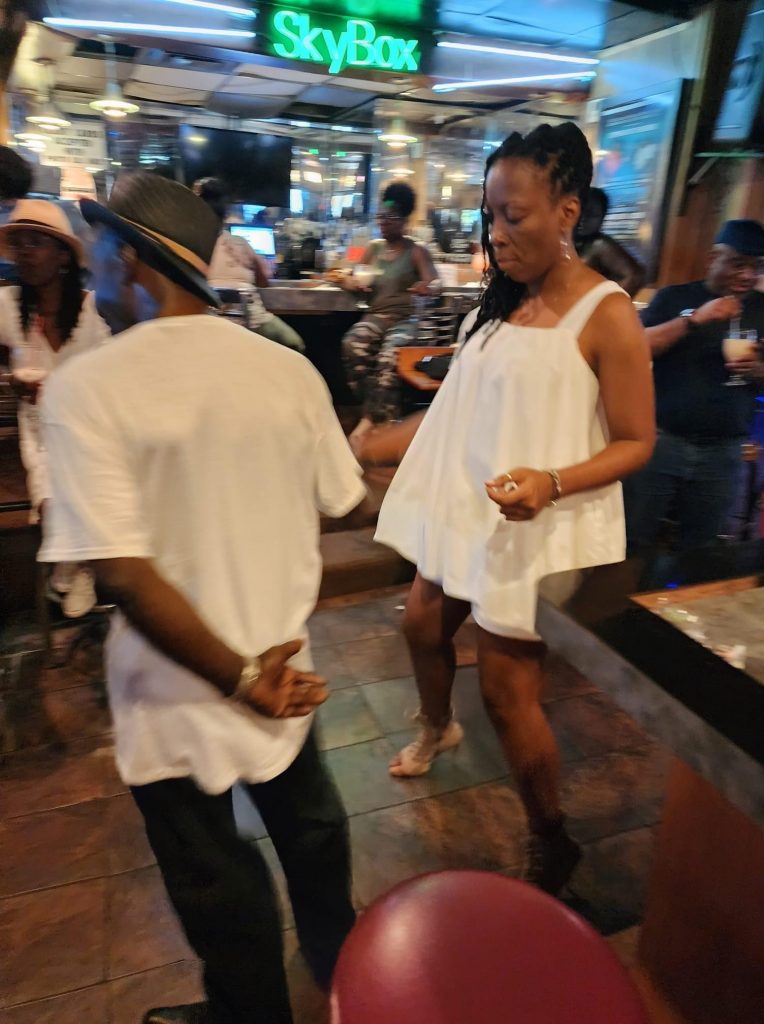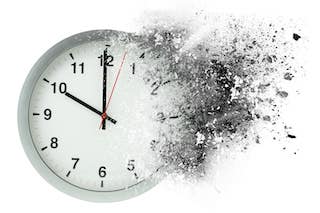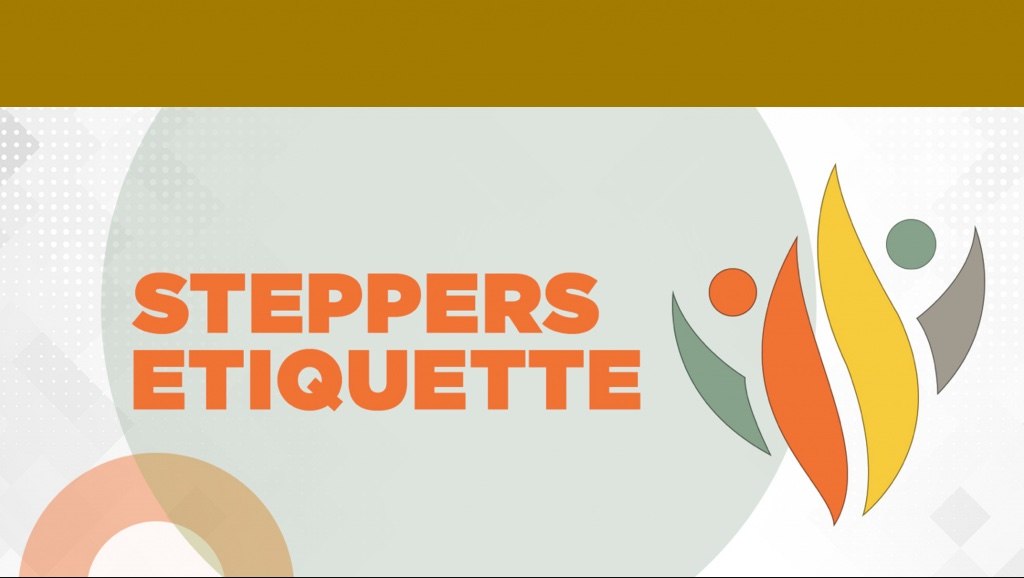Changes in the Stepper Set Culture and Its Impact on Stepping
INSPIRATION: Stepper Set flyers that say “All Dance Styles are Welcome” and someone on the set asking me, “Why is he playing that music?”
At the heart of our stepping community’s culture is the stepper set. On the stepper set, we meet other people who step, appreciate different but familiar music, celebrate ourselves, challenge and inspire each other to learn more, and show who we are through our dance. Stepping instructors and classes focus primarily on preparing us for what we should experience on the stepper set when we arrive. All roads everywhere to Chicago Stepping should intersect at the stepper set. Moreover, the experience on the stepper set is the thread to the fabric of our dance and is essential to the quality of stepping and the preservation of its authenticity.
I see how things are changing on the stepper set. Sometimes I know how the changes can confuse, annoy, or shun steppers who go to the set expecting one thing but leave disappointed because they experienced something else. Gradually I noticed that some stepper sets last for a shorter time, the music is changing, the people on the dancefloor are not all steppers, the stepper flow is not the same, and many of the people I used to see on the set all the time don’t come out anymore.
Additionally, there seems to be an underlying battle of quantity over quality as some communities in different cities try to “meet the numbers” for how many people show up at the set. Today, I highlight what I identify as the familiar cultural elements of a stepper set and share some insights and challenges in what I see and experience. And I want to hear from you too.
Elements and Social Graces at Work on Successful Stepper Sets
When parties we promote as stepper sets are missing certain elements, they are no longer stepper sets. In many cities, large and small, I have seen common elements and social graces that create successful, popular stepper sets. These things let me know I am at a stepper set when I walk in. What may seem to be independent elements or factors work mutually and all together create an experience I can enjoy. The stepper set should create an atmosphere and energy that caters to people of all ages and different styles of stepping.
Music for Steppers
The soundscape for a stepper set ebbs and flows with music across different decades, from the 1970s to today. We don’t typically hear the songs played at the stepper set on mainstream radio. Stepper set music appreciates and promotes B-side songs, exposes many independent artists, takes us back in time, and brings us back to today song after song. The tempo and rhythm of the music can be fast, slow, and anywhere in between but ebbs and flows throughout the time of the set. At many sets, they may play some House music or line dancing for a break, but fifteen to twenty minutes later, it goes right back to stepping, or House is played at the end of the set.
A Mixed Crowd of Strictly Steppers
Everyone on the dancefloor is a stepper. Depending on the music, we can be bopping, stepping, or walking. We are all doing one dance with many variations and styles. An interesting set has a mixed crowd of older and younger steppers mingling. Some are watching, some are talking, and some may show someone something new. This is where different generations of steppers merge to exchange ideas, learn from each other, and dance together. You might hear one stepper say to another, “Slow it down.” or “Pick up your feet,” or “You’ve got something there. Play with that,” or “Show me what you just did,” or “Who is that? Watch his feet?” Some people on the set do not know how to step, but they are watching from the sideline, interested in what is happening and enjoying the music.
The Etiquette of No Disclaimers

When a gentleman asks a lady to dance at a stepper set, both parties know they are about to step. Nine times out of 10, no one asks if you know how to step and won’t ask if you know a different dance style. And for the 1 out of 10 chance, we have probably never seen the person before. Many steppers are keen on picking up where any stepper is in their dance by leading them to the dancefloor or watching them dance with someone else. We know each other. When we ask for a dance on the stepper set, we expect to step because we believe this is a place for strictly steppers, and we can dance with any stepper.
The Steppers Flow
There is a certain flow and cadence to Stepping. Despite their individual style, every stepper finds and dances on the same beat. We follow a pattern based on the same foundation and rhythm, so there is a distinct pattern to the crowd’s movement – the steppers’ flow. When I see it, I know the stepper flow. I remember walking by a bar in Wilmington, Delaware, years ago and seeing the familiar steppers flow through a window. I exclaimed, “Hey, look! They’re stepping. I am going to see if I can get one in.” You can see the stepper flow on a crowded dancefloor with couples fitting neatly back-to-back, stepping in their lanes on the same beat, dancing comfortably, and enjoying the rhythm of the music. If the crowd is walking, fast walkers and steppers are on the inside, and slow walkers are on the outside.
More than one DJ and the set lasts for 6-8 hours
At least two DJs usually play at the most crowded and popular stepper sets I have been to. Generally, one DJ plays for the first 3-4 hours and plays music for the older crowd that arrives early and leaves early. Another DJ plays for the next 3-4 hours for the second wave of the mostly younger crowd. Younger steppers typically arrive later and close out the stepper set. There is an overlap in the transition between DJs; this is the prime time on the set when different generations and eras of stepping merge on the dancefloor. There are as many people sitting and talking as there are people dancing. When there are two DJs, you are going to likely see fans and followers of both DJs show up at the set.

A true stepper set creates an atmosphere and environment for people of all ages and eras of Stepping. Sundays at Hero’s and The Blue Note on Thursdays in Chicago are great examples. At Hero’s, DJ Cross used to start out the set, and Jay Boogie closed the set. Now, they have three DJs. DJ Myron is at The Blue Note almost every Thursday and rotates different DJs weekly.
The Challenges from Tradeoffs on the Stepper Set

It isn’t what it was when you take away essential parts of something and trade-off bits and parts of its identity. Sometimes I see tradeoffs at stepper sets, whether due to the availability of resources, the size of the community and types of dance styles prevalent in the region, costs for the set and location, or the DJ(s) available.
Tradeoffs change the dynamics and the experience at a stepper set. Yet, when distinguishing parts of the experience are changed or taken away, we still label it a stepper set on flyers. When I see a flyer promoting a stepper set with the tagline “All Dance Styles are Welcome,” to me, this is not a stepper set. When a party caters to more than one dance style on the same dancefloor and other dance styles show up with steppers, it changes the music, the stepper flow, and even the social graces. It upsets the balance and synchrony of the elements I identified before that are essential for me to know I am on a stepper’s set. I say this for several reasons and from personal experience.
The Circles, Squares, and Lanes Factor
The cadence and basic patterns for stepping, ballroom, hand dancing, salsa, and swing-out are different. Mixing dance styles on a single dancefloor disrupts the flow of all dance styles. At stepper sets, when other dancers take the floor, some steppers graciously move out of the way and change lanes in the middle of a song to make more space for couples doing a different dance or be bumped and pushed on the dancefloor or dodge hands, elbows, and feet. People sometimes stop dancing to argue on the dancefloor when we don’t respect the lanes.
We are taught as steppers to stay in our lane, and the design of the dance’s foundation is to accommodate fitting many couples in lanes on a small dancefloor to have a good time. It is difficult and unsafe for everyone when couples dance in circles, squares, and lanes in the same space. It becomes a brave competition for space on the dancefloor when everyone isn’t following the guidelines we learned as steppers.
The Music Changes
When I used to go to Upscale, a regular nightclub in Virginia, and steppers showed up, sometimes the DJ would start to play different music so we could step. The music switched from popular mainstream hip hop and R&B songs to older songs from The Whispers, music from the 1970s, and sometimes much slower songs that matched the cadence for stepping. The DJ changed the music for steppers. This works both ways. When you open up a stepper set to different dance styles, most DJs play to who is in the room. The music changes to accommodate different dance styles, especially when the DJ accepts and plays song requests.
Generally, playing music for people to step, ballroom, swing out, salsa, or hand dance at the same party or just a combination of any two means speeding up the tempo of the music overall. The music’s ebb and flow differs from that of a stepper set. After sitting and listening to new trending songs and music from the 1990s and 2000s for over an hour at a stepper set, someone nudged me once and asked, “Why is he playing that music?” I answered, “Because we are not really at a stepper set.” She got up and left with her husband.
Excuse Me. I Forget. What Dance Are We Doing Here?
I have encountered people trying to teach me or make me do other dances on a mixed set. More recently, more people have asked me on the stepper set, “Do you know how to ballroom?” Some people offer to teach me on the spot at the set, and I decline. The most tragic time was the person who started dancing with me and declared, “You’re going to ballroom right now!” after I told him no. Now I have to state disclaimers to people who want to do something else on the stepper set when I only came to step. On the stepper set, I am sometimes unsure what dance we are about to do.
If you understand the techniques in stepping, you can recognize when someone is adding another dance style that changes the fundamentals of what stepping is or looks like. What we practice on the stepper set and see all the time eventually becomes recognized as Stepping. What we identify on the stepper set as Stepping should look like what is taught to new students in stepping classes. I know there is more than one reason why this is a problem today.
Finding a Balance Between Attraction and Preservation
I sense an urgency to attract new, younger steppers to keep stepping alive, which may fuel this desire for quantity over quality at new stepper sets. However, preserving the stepping experience that earlier generations of steppers fell in love with on the stepper set is equally important. The earlier generation of steppers is responsible for handing down our dance traditions as stepping, so we must keep them on the set too to do their part. The stepper set must entertain both eras to keep both older and younger steppers returning to the set.
There comes a time when we must focus on the dance instead of the dancers. Most of us first fall in love with the dance – not the people. Stepping is a craft to be preserved and handled carefully. When the heart of our craft changes and substantial parts of the experience are uprooted and stripped away, those who really love Stepping will question and criticize what is happening because we don’t want to lose what we love. Self-examination and criticism are necessary through evolution for proper advancement and preservation of the substance of what Stepping is. We do not want to lose our true identity or destroy stepping. We must check ourselves before we wreck ourselves. The world is watching.
Share Your Opinion
I am not looking to be right or wrong, but I want to share my experiences and what I have seen. I hope we start thinking about what is happening to our stepper sets. Please share your thoughts. What are some of the elements that you look for that help you recognize a stepper set? I hope for your comments.
Subscribe to Chicago Stepping News by eMail from Sonji

Welcome! I am the writer Sonji Stewart. These are my travel stories about my Chicago Stepping experiences, traveling from city to city to dance. I hope my stories encourage you to join me in the adventure.
Get the latest blog post by email because every stepper should be on this email list.
By clicking submit, you accept our terms & conditions. We do not share or sell your personal information.

